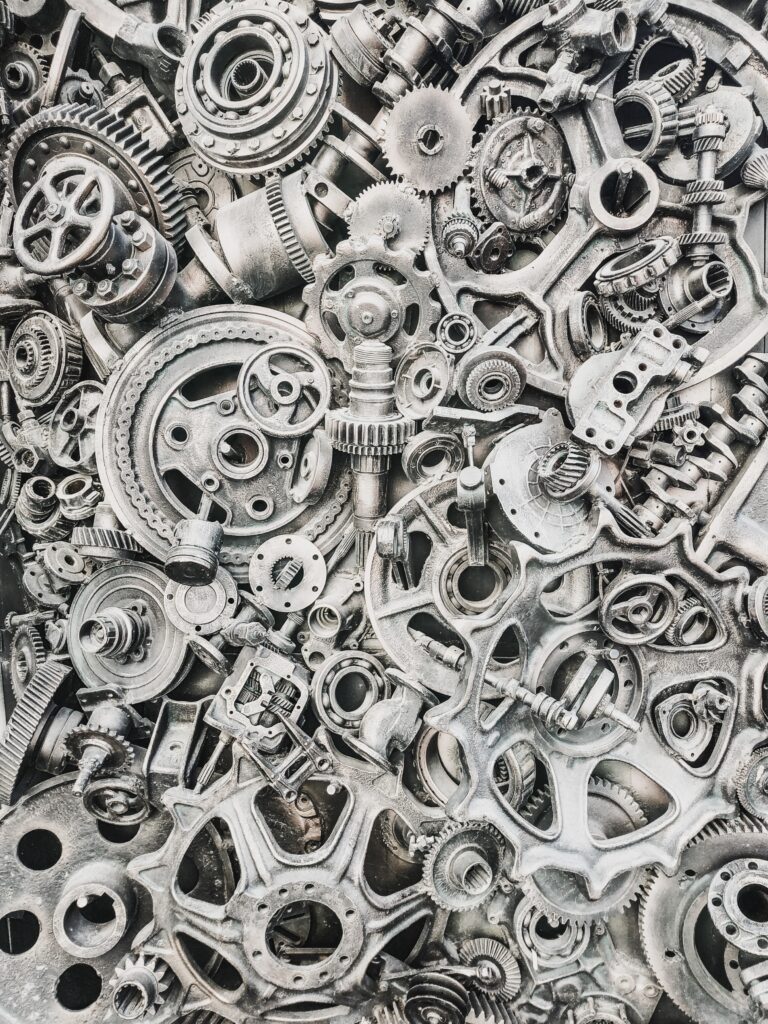With his imagination and conceptual understanding, a patent illustrator can design a sketch to communicate an idea or concept. Because patent drawings are such an important part of a patent application, patent illustrators assist applicants in creating a strong and clear picture of their innovation. However, it is necessary to carefully select a professional illustrator capable of completing these responsibilities. The parameters by which firms can recognise these individuals are explained in the following article. But first, let’s consider the value of a professional patent illustrator and the patent design guidelines that he must follow.
Why Professional Patent Illustrators for Patent Drawings?
Patent offices have a number of drawing requirements that must be followed. As a result, inventors must guarantee that the patent illustrator or organisation to which they are entrusting the drawing has sufficient competence. Before filing a patent in any jurisdiction, they should be aware of the various patent drafting guidelines and regulations by USPTO. Some of them are:
- The size of the paper shall be A4, viz. 210 mm x 297 mm or 8 1/2 by 11 inches ( it is de-facto North-American standard).
- The illustrator must ensure a minimum margin of 2 cm at the top, bottom, and sides of each sheet, and one of 2.5 cm on the left side of every sheet.
- Non-script type font should be used for the text. For example, one can use fonts like Arial, Times Roman, or Courier. Similarly, the font size should preferably be 12. The lettering style should have capital letters which must be at least 0.3175 cm (0.125 inches) high. But it shouldn’t be smaller than 0.21 cm.
Apart from these, there are a number of other patent design criteria that illustrators must keep in mind when submitting a patent application. It is possible to file a non-provisional patent application without illustrations, however this is not advised. This is because a professional patent illustrator can lower the total cost of submitting a patent while also lowering the chances of gaining an office action.
What to Consider?
A professional patent illustrator is someone who is familiar with the requirements of patent offices in numerous jurisdictions as well as common examiner rejections. In the diagram below, several criteria for determining whether or not someone is a professional illustrator are stated.
1. Knowledge of Patent Office Rules:
The Patent illustrator should be familiar with all of the rules and regulations in order to meet the standards and specifications of several patent offices, such as the US Patent and Trademark Office, the Patent Cooperation Treaty, and others. An illustrator’s expertise with patent regulatory rules aids him in comprehending the complexities of patent designs and, as a result, reduces the risk of errors.
2. Technical Knowledge:
A competent patent illustrator should be able to combine art and mechanics to produce thorough work utilising a variety of software programmes such as AutoCAD, CorelDraw, and others. In addition, the expert must be able to comprehend the concepts of an invention in order to demonstrate them descriptively to the examiner. Finally, an illustrator must be familiar with 3D drawings and the process of extracting various perspectives, internal feature details, and section views of 3D files from a source file.
3. Vivid Imagination:
Applicants must make sure that they partner with a patent illustrator who has a vivid imagination to accurately execute customer expectations for their innovative product. It helps innovators to avoid delays and unwarranted issues during the examination stage at the patent office.
4. Effective Communication Skills:
Simple patent illustrations don’t always necessitate iterations and conversations. Communication, on the other hand, is crucial in the case of sophisticated inventions. The illustrator, for example, may have some questions about the underlying material presented. As a result, an illustrator should be able to properly explain all needs to the innovator in order to save time and reduce the risk of errors in patent drawings. Additionally, based on the patent process, illustrators might offer changes and enhancements to figures.
Conclusion
One of the most important parts of a patent application is the patent drawings. Illustrations not only make it easier to describe an invention in a patent application, but they also increase the likelihood of a patent being granted. However, in order to properly utilise patent drawings, applicants must carefully select a professional patent illustrator.
PPI’s patent illustration/drawing services are a good place to start if you need a professional patent illustrator. We have a staff of expert patent illustrators who can produce design, utility, and trademark patent drawings. The team has experience in a variety of technical fields, including mechanical, medicinal, and electrical, and can provide low-cost patent drawing services.



Very nice write-up. I definitely appreciate this site. Thanks!